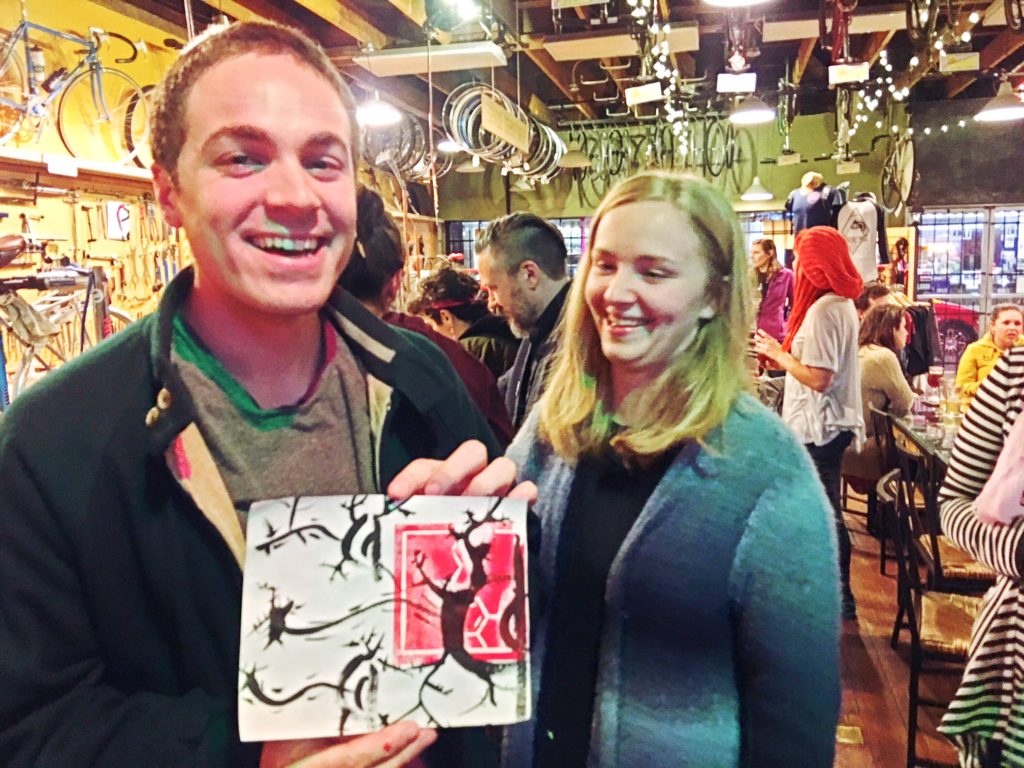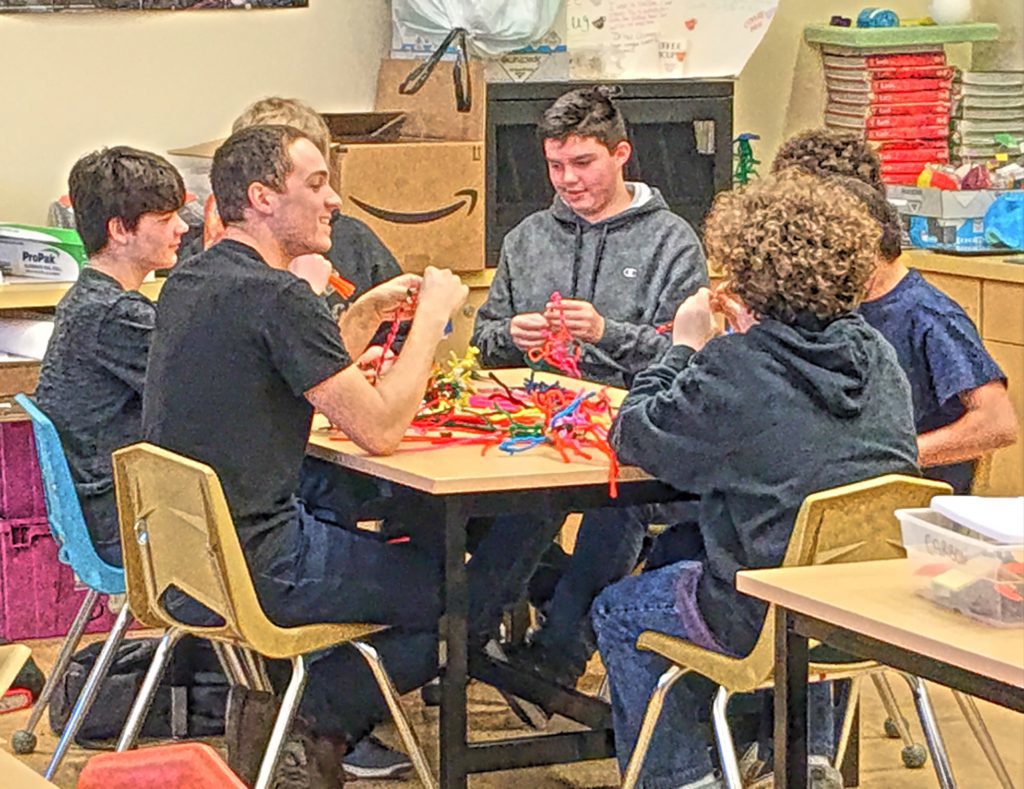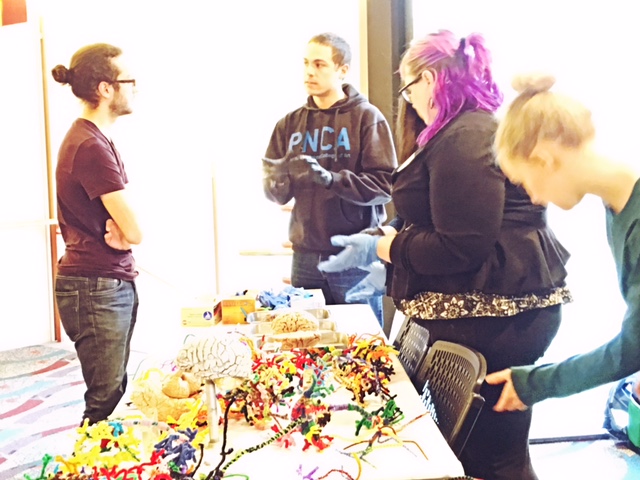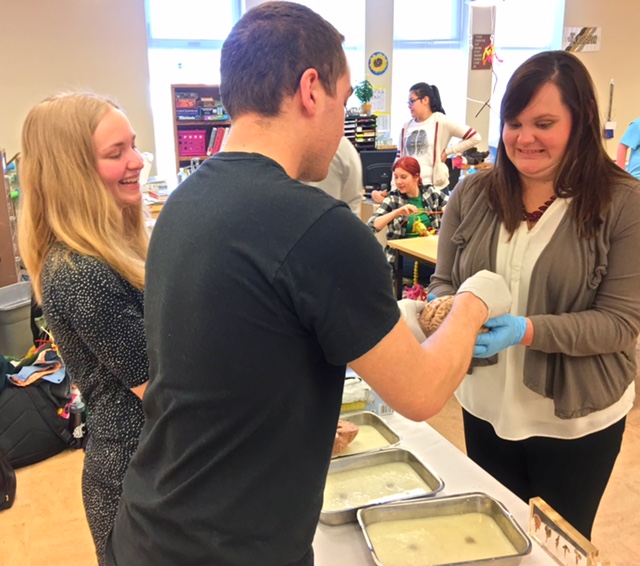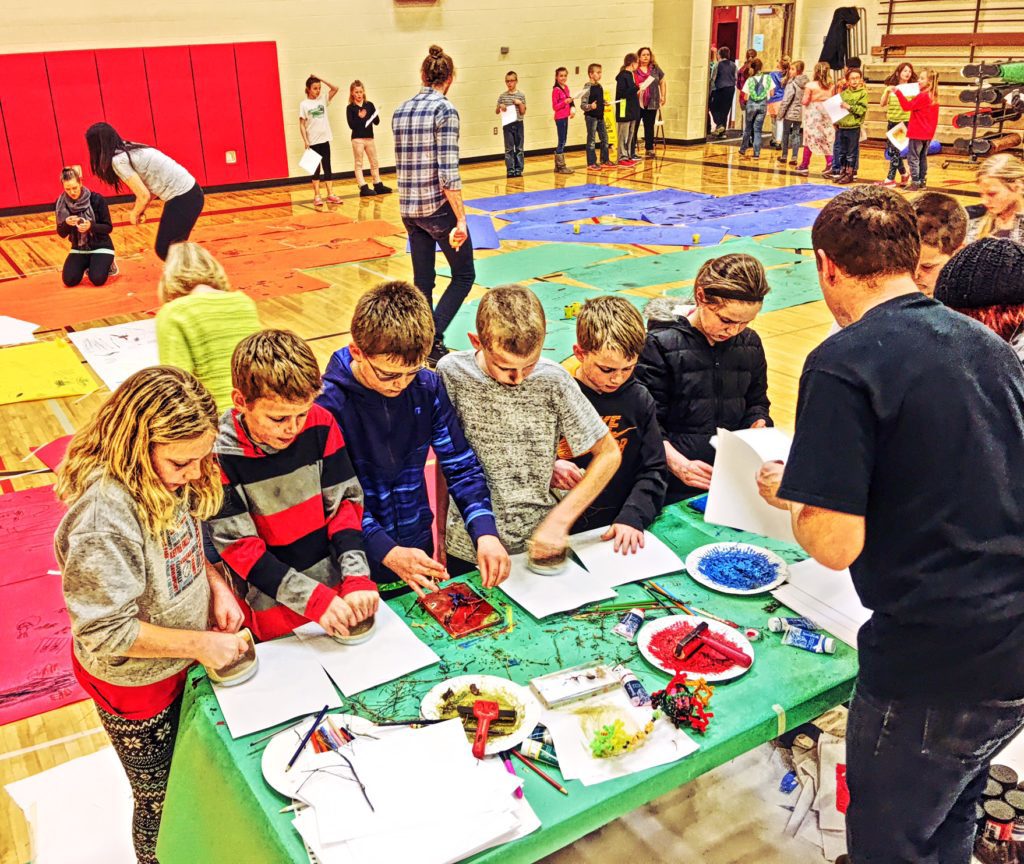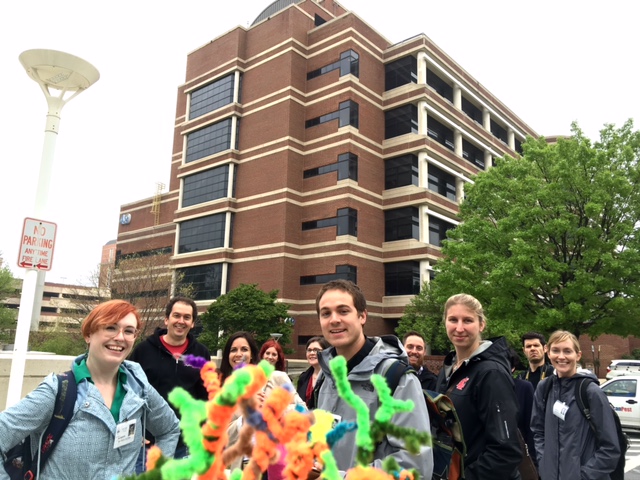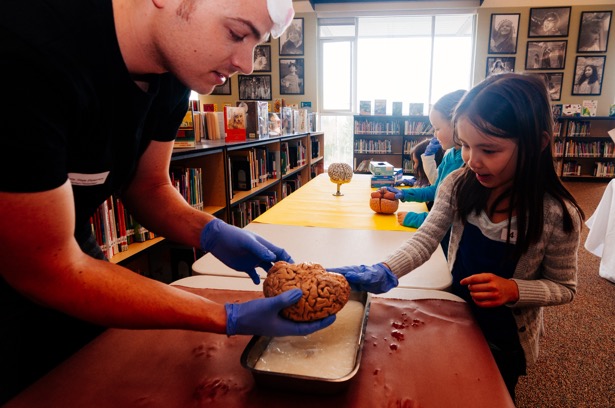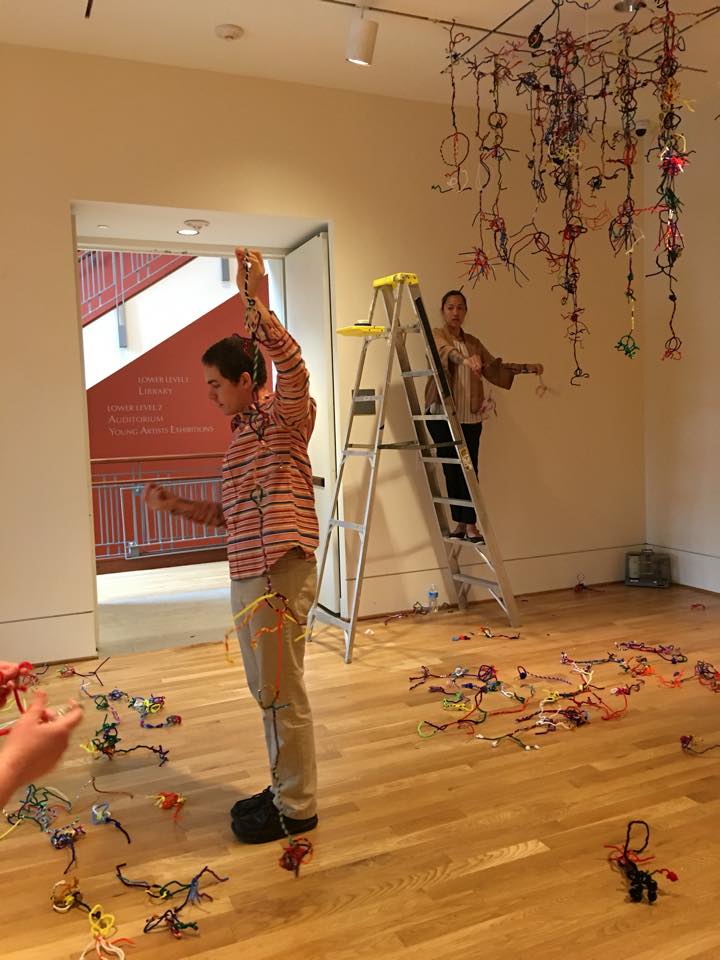“A good place to start in neuroscience is learning the basics of what you have in your own head, then ask questions, and keep asking.” -Jacob Schoen, PSU/NW Noggin

How have you connected personally with students through your volunteer work?”
There was this one high schooler, we’ll call him Paul. He had this fiery red hair, kind of tall, lanky; you know, high school kid. He kept asking question after question…deep and difficult topics…things that kind of take a long time to describe. For example what are dreams? Or what is consciousness? Paul had a phenomenal curiosity about the brain. He came up afterwards to talk with all the volunteers, and I told him he should come and help out anytime. He seemed interested. I asked if he wanted to study neuroscience, half expecting him to say yes duh!….But he said “No. I want to be an artist.”
I think Neuroscience envelops this unique opportunity to connect with people. Sometimes there’s not much that people connect with when they think about science. Physics and chemistry are cool or even practical, but they’re not drawing parallels with human experience. People don’t think neuroscience is easy, but when you put something in front of them, they say “oh, that’s something I have seen, something I can connect with, something I’ve thought or felt.” I see something NWN is able to do which isn’t always easy. They present on a topic, and one that is not broached in traditional education.
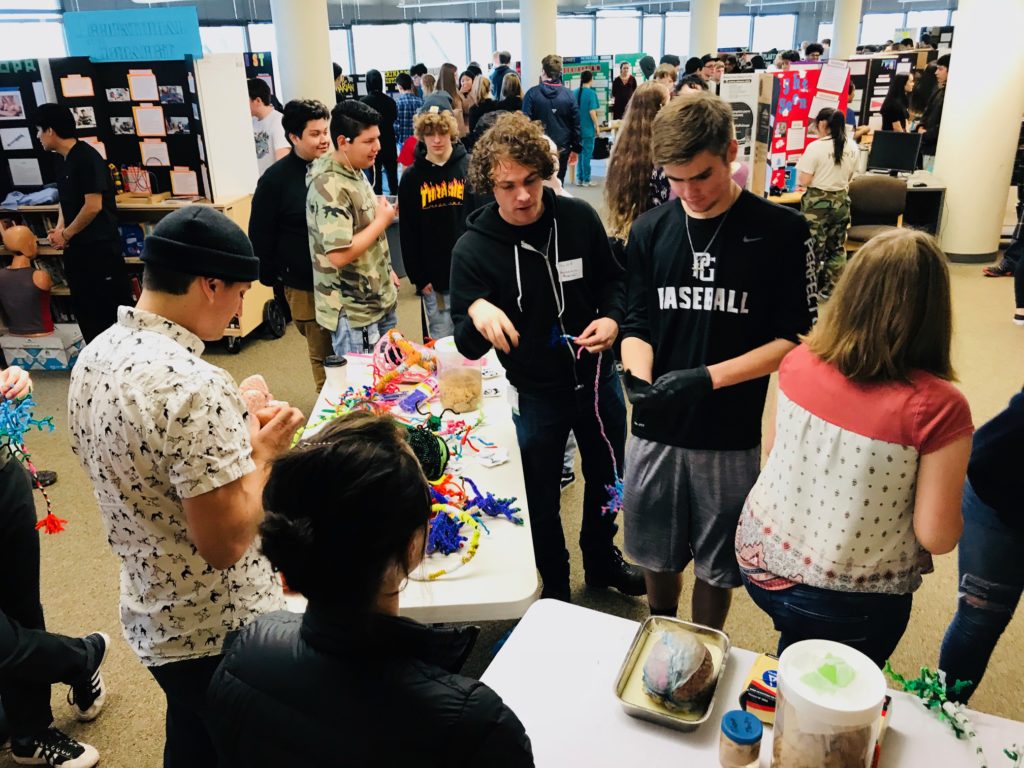
Neuroscience is alluring, it’s sexy, it’s cool to talk about. You know, we all have one, and if we could break it down, everything connects. The same goes for Art and Science. It is inspiring to meet someone with a fire in their eye about art and science, and willing to put themselves out there to learn about the brain.
NW Noggin volunteers practice describing complex topics in neuroscience to the general public. They are forced to communicate it in a way that would not be communicated in their field or to their peers. NW Noggin is yelling at the top of their non-profit lungs to Portland, to the nation, and to people with a wide variety of viewpoints towards research.
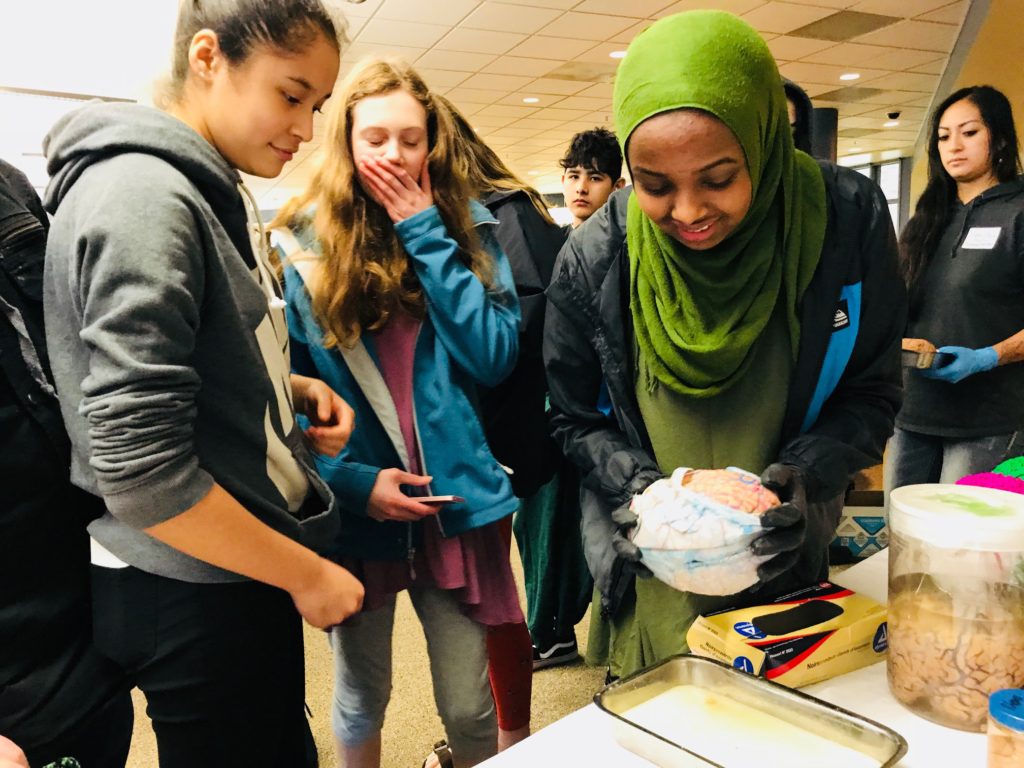
It is simply amazing how NWN brings active researchers into the classrooms. All of a sudden it becomes so much easier to access the research world. You’re seeing the person behind the research paper, the person behind this article or this finding, and you see that they’re a real person, just like all of us. And NWN is growing in networks, it connects with different kinds of people in a variety of fields.
The volunteers for NW Noggin come to schools, not always knowing what kind of questions they will be asked, but the kids always bring up drugs…
The Schools that NW Noggin visits are often filled with students who struggle with real problems outside of school. These students are going home to an environment where drugs are being used everyday. These are students that haven’t had a traditional upbringing; this is similar to the upbringing that I had. Addiction was in my home, but also in many of my friends homes. I could have benefited early on by getting a better education about what drugs were.

I remember being asked by one of the girls in the class: What if you have this friend…that has a friend, that overdoses on heroin. What’s happening to their brain?
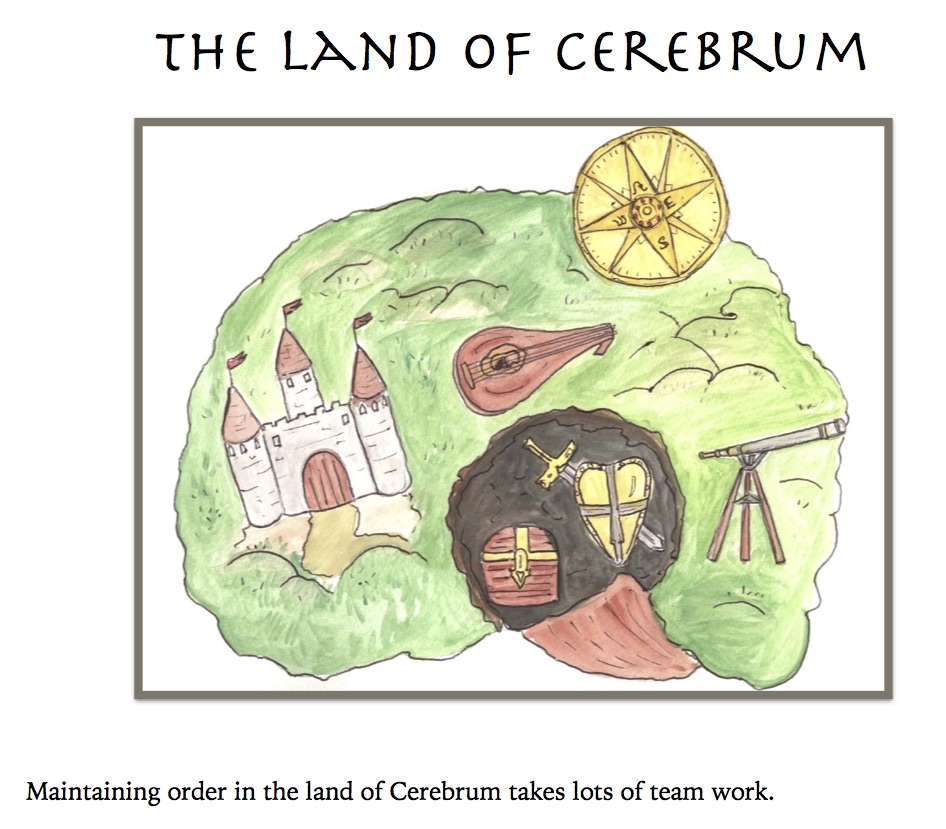
I think these kinds of questions come from personal experiences. It isn’t difficult for high schoolers to grasp what drugs are doing in your brain. When you start to learn about what addiction is, you start to think about addiction in a different way.
So when I talk to them about drugs – which is really awesome because we open up for questions and we talk about anything – we talk about what cocaine, methamphetamines, alcohol, and marijuana does to the brain. Methamphetamines, for example, easily slip their way into the cells of the brain and force change in the way that tiny protein machines called transporters are working; it is truly invasive, almost violent. This is the biological description everyone should know. Once you grasp it, it’s hard to forget.
In a high school biology class, studying the brain may never make it to the curriculum. The chapter on neuroscience is usually at the end of the textbook, where some classes may not have the time to cover it. Sure, the parts of the cell, DNA, and the kingdoms of life are all vital to know when studying the brain but, …these high schoolers are missing out on the fantastic wonders of what the brain has to offer. And, like I said everybody has a brain.
Out of the 150-200 days that are spent at school each year, NW Noggin spends about 1-5 days teaching students about the brain. The approach to education is constantly evolving, and the same goes for each of the volunteers. I show up to the events and help out wherever I can. After a short time I started leading projects and discussions, even organizing events.
I enjoy sharing and connecting with the kids and the volunteers. I go deep very quickly when we’re talking about a biological mechanisms in the brain. These are often connected to salient emotions. From there we’re talking about something that’s very personal, very relevant to a struggle that we all have, which is just being a human, which is easy to talk about, being human.
Written by Jacob Schoen and Brandon Forry
-Jacob Schoen is the Art Handler and Preparator for NW Noggin and Resource Liaison for Portland State University. He has installed and designed several neuroscience artistic showcases including one at the Phillips Collection in DC and at the Portland Art Museum. Jacob now works for Oregon Health and Science University (OHSU) at the Oregon National Primate Research Center (ONPRC). He is currently researching alcohol and nicotine addiction.
-Brandon Forry is a Northwest native, currently living in Portland. He has a passion for writing, science, and playing music on the saxophone. He volunteers with NWN as a freelance writer.




